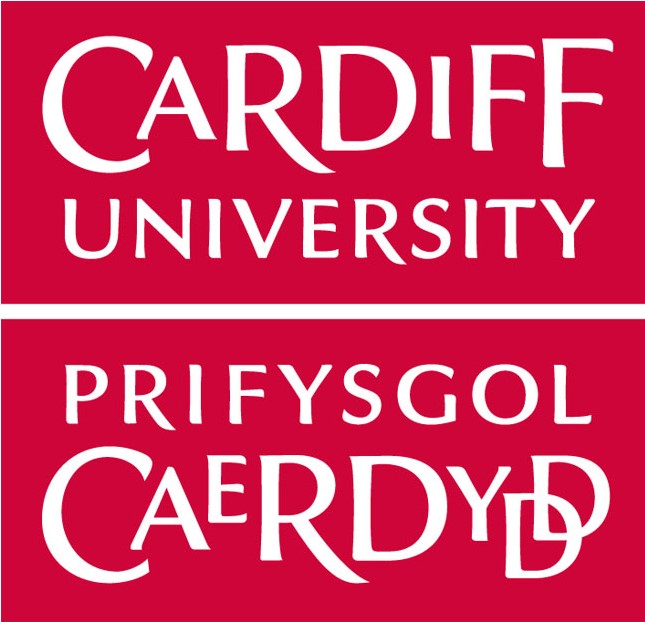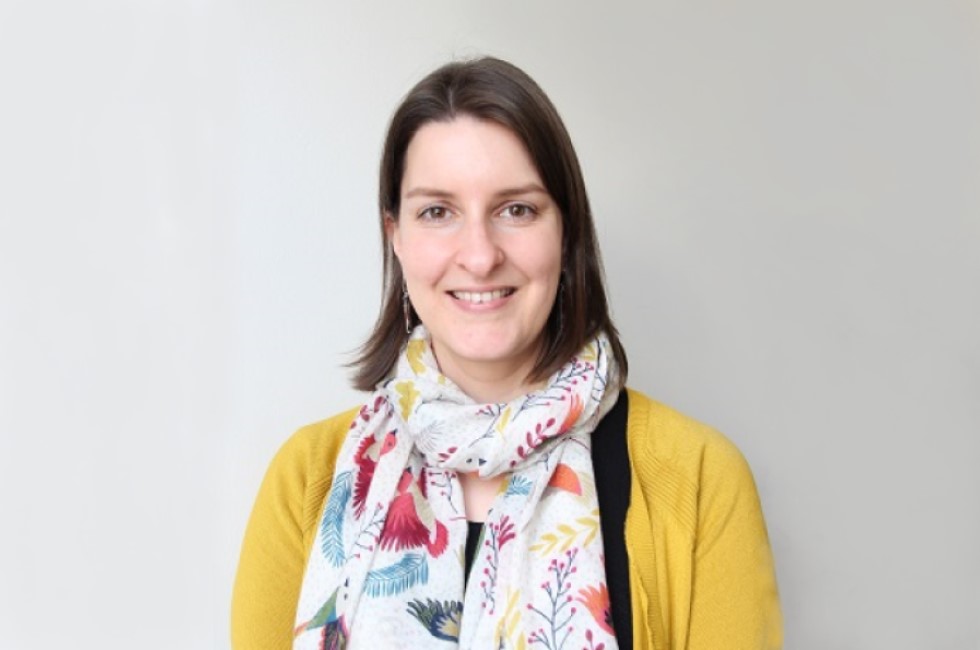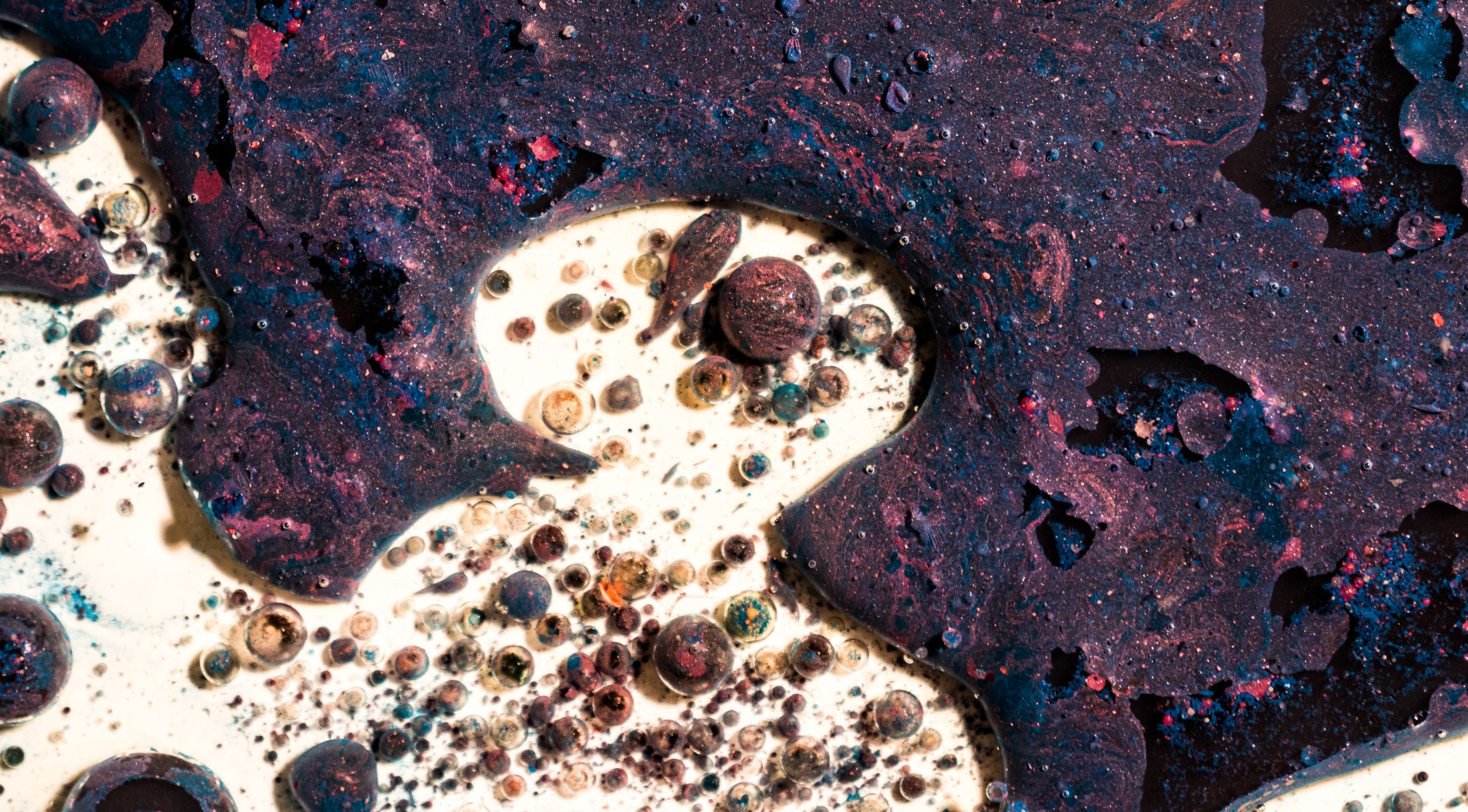
Summary
Skin wounds that won’t heal are a big problem, particularly for older people, and have a big impact on quality of life. However, current treatments and antibiotics aren’t very effective, running the risk of long-term, chronic infection. Professor Phil Stephens and his team are investigating whether packets of bioactive compounds secreted by stem cells could create an anti-microbial environment that will help skin wounds to heal better.
There’s so much unknown at the moment. Biofilms are a relatively new field, vesicle research is in its infancy, and there are a lot of fundamental questions still to be answered
Dr Helen Brown
Skin wounds that won’t heal are a big problem, particularly for older people or those with poor circulation in their limbs. Unhealed wounds can linger for months, years, even decades, and are at high risk of becoming infected.
Despite affecting around 200,000 people in the UK and having a huge impact on their quality of life, this is still an under-researched area of medicine where limited progress has been made. King Henry VIII famously suffered from unhealed wounds on his legs, and today’s treatments are fundamentally the same as 500 years ago: cutting away dead tissue (debridement) and applying a variety of treatments and dressings ranging from the traditional – maggots and honey, for example – to the more modern, such as antimicrobial dressings containing silver and antibiotics.
We’re hoping to develop a new treatment for unhealed wounds that protects them from bacterial infection and helps them to heal faster, finally providing an effective treatment that is so urgently needed.

Clearing away bacterial biofilms
Bacteria are everywhere, including on our skin, so it’s impossible to remove all of the bacteria from a wound. To make things more challenging, bacteria growing in wounds form structures known as biofilms, which are highly resistant to antibiotics.
A biofilm is a community of slow-growing bacteria that are stuck together with a kind of molecular ‘glue’ known as a matrix. Although this is a normal way for bacteria to live, we’ve only known about biofilms for the last 30 years or so.
Biofilms cause a problem within wounds because their constant presence triggers an overactive immune response. In turn, this causes inflammatory responses that lead to local tissue damage.
Wounds become infected when bacteria slough off from the biofilm and migrate inside, which must then be treated with antibiotics, so it makes sense to try and get rid of the bacteria before this can happen. However, antibiotics are less effective against the slow-growing bacteria in biofilms, and it is hard to get the drugs to penetrate inside the sticky matrix.
We’re hoping to develop a new treatment for unhealed wounds that protects them from bacterial infection and helps them to heal faster
Dr Helen Brown
Rather than using antibiotics to treat wound infections after they’ve happened, we want to identify ways to tackle the biofilm and the inflammation in the first place.
How might stem cells help?
We’re focusing on stem cells, which can be grown in the lab and secrete vesicles – small ‘packets’ of bioactive compounds. We know from previous research that these vesicles can create an anti-microbial environment around the cells, but we don’t know why.
In this research, we’ll be using an established cell line of oral stem cells to understand what is in these vesicles, how they create an anti-microbial environment, whether their contents change in response to their environment, and whether we can manipulate them to tackle chronic wound biofilms.
We hope that these vesicles can help skin wounds to heal in different ways, such as by communicating with the immune system and calming inflammation, or interrupting the function of the bacteria themselves.
Currently, unhealed skin wounds are treated by debridement followed by packing with treated materials. Our stem cells, or a treatment derived from stem cell vesicles, could be included in that packing. This would help to prevent infection by stopping the bacteria from creating a biofilm, which in turn would have a positive impact on the healing of the wound.
There’s so much unknown at the moment. Biofilms are a relatively new field, vesicle research is in its infancy, and there are a lot of fundamental questions still to be answered. But we are hopeful that our work will lead to new approaches for addressing the somewhat overlooked problem of chronic wound healing.
This is a difficult time for researchers, and we are learning how to work in the lab safely in the face of COVID-19. The Dunhill Medical Trust has been very supportive through the pandemic, which has been a relief, and we feel fortunate that they are our funder. I also went to the Trust’s Early Career Researchers’ Network event last year and they seem to have a really good relationship with the researchers they support, especially those early in their careers.

